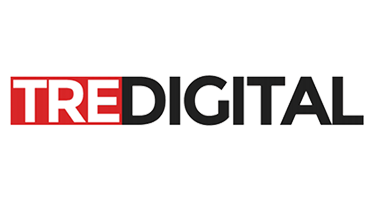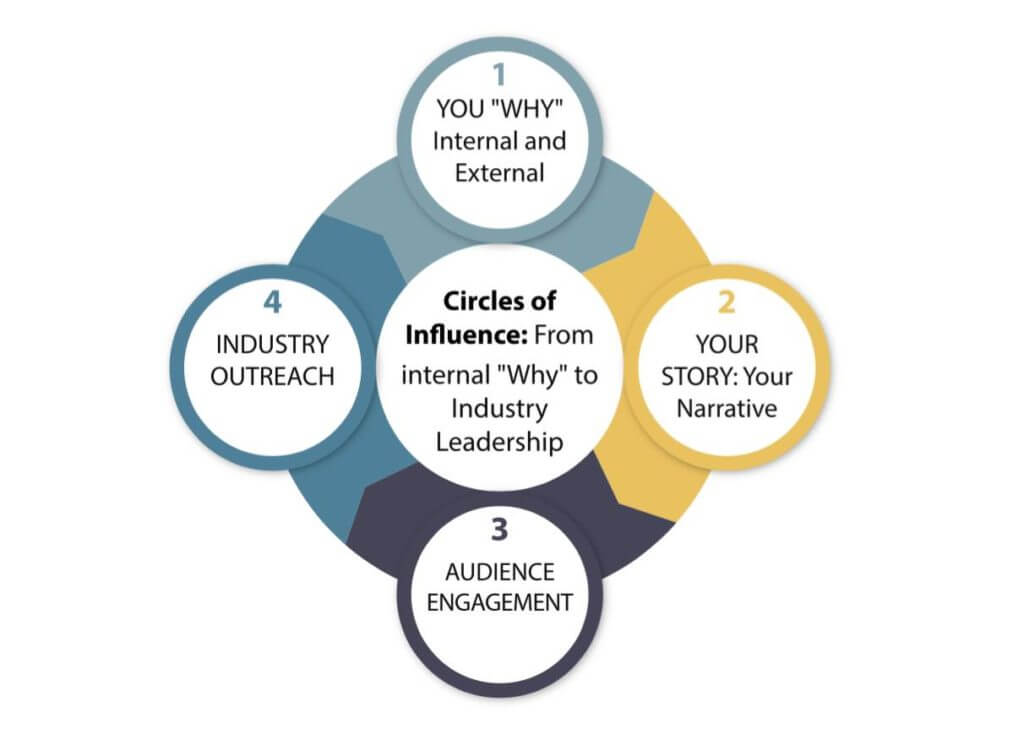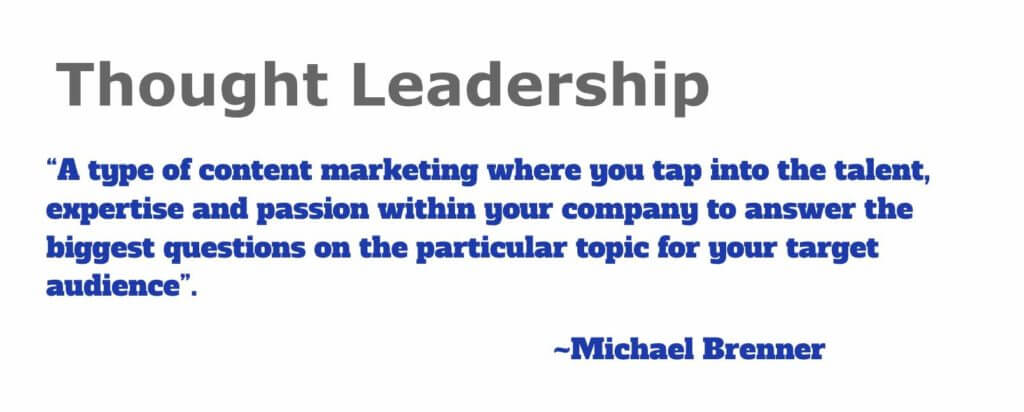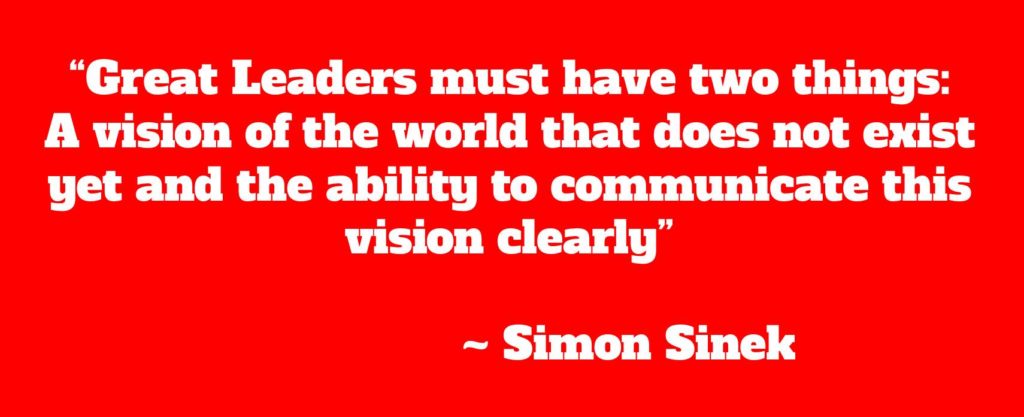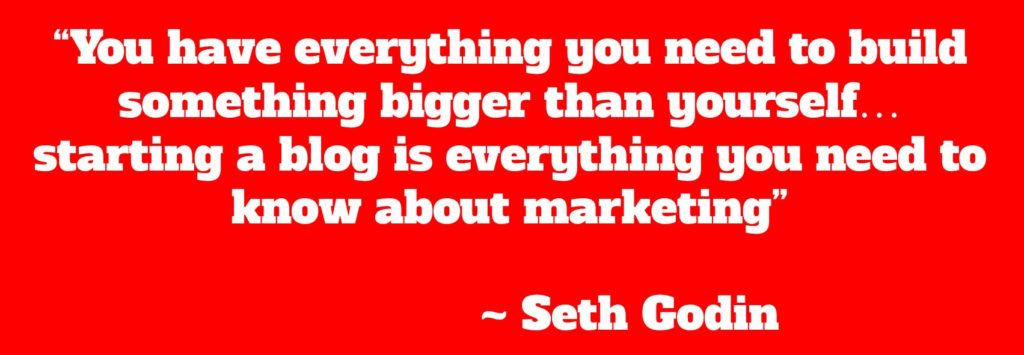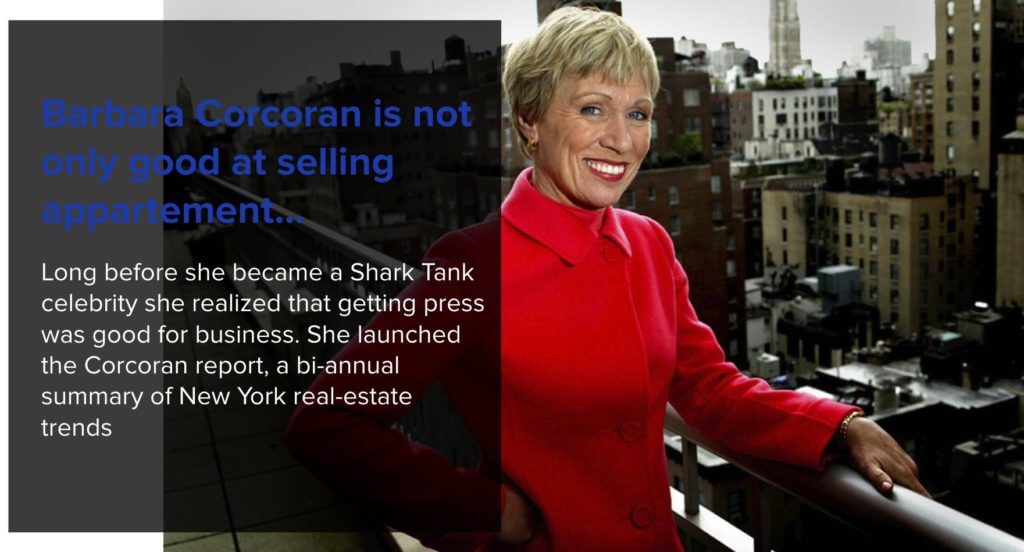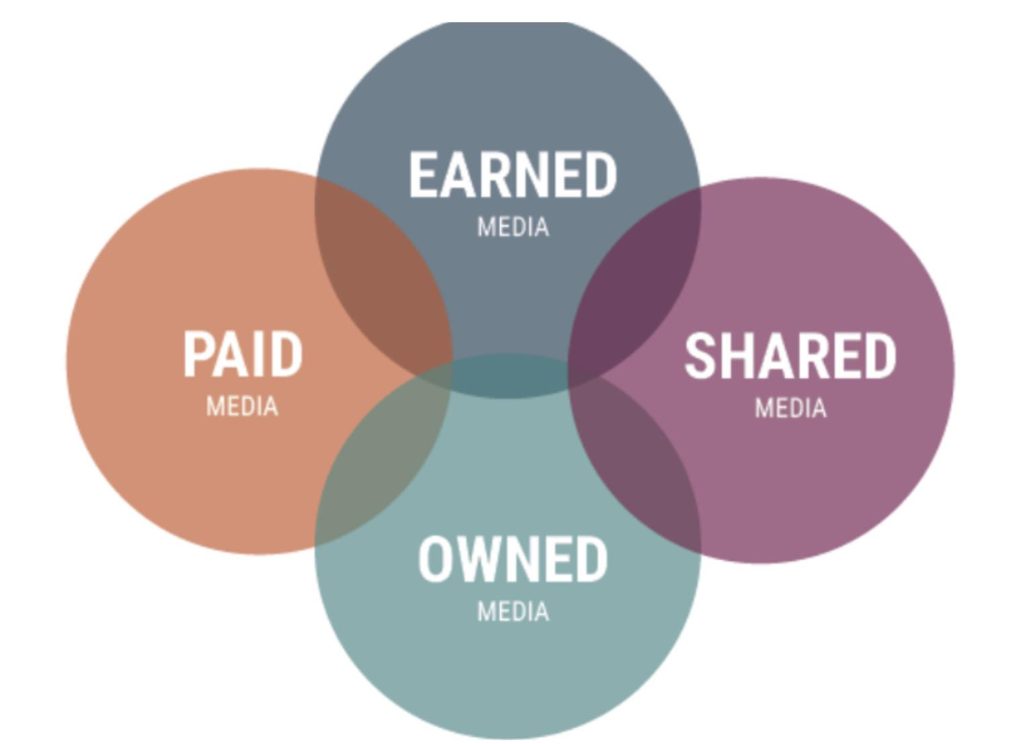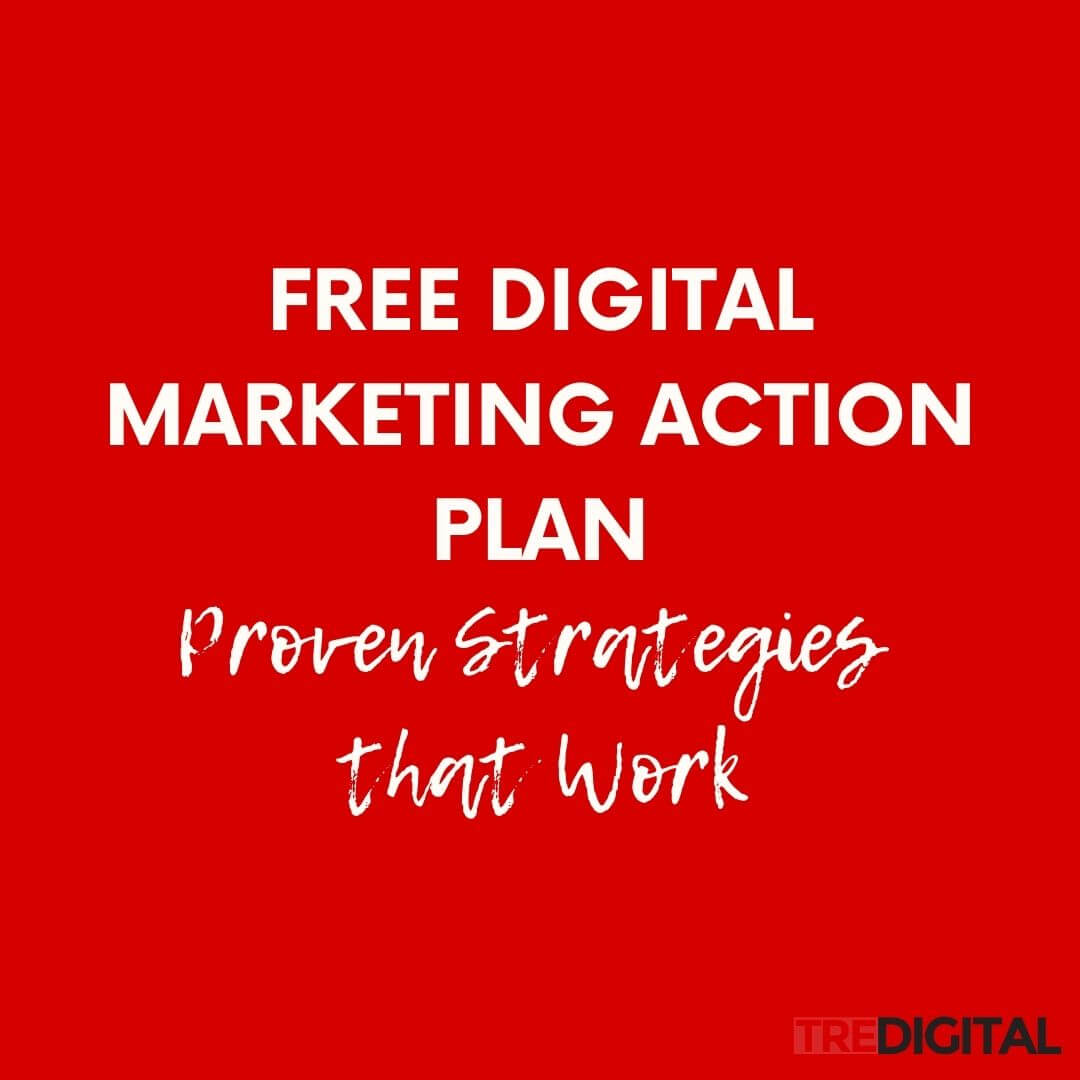Every time I mention thought leadership in a conversation, I see people’s eyes light up.
Along with digital influence and personal branding, thought leadership became a popular topic as of late.
Thought leaders rarely emerge by accident. They typically follow a strategic plan producing remarkable content shared via multiple channels.
A true thought leader consistently addresses critical questions and helps her audience navigate the ever-changing industry trends.
Michael Brennen’s definition of Thought Leadership is the closest to the one I believe in.
Table of Contents
ToggleCreating content is not easy. Crafting remarkable content is very hard.
I am frequently asked by the CEOs why they should focus on creating content and participate in social media.
Fear of making a mistake, the unwillingness to let go of control, hesitation to put their personal side in the public light are just some of the Social Media myths holding them back.
While many executives have embraced the need for creating content and participating in Social Media, many are still reluctant to join.
If you are still debating whether it is worth your time to invest into content, think about the positive impact your thought leadership will have on your company brand.
How to Grow Your Own Thought Leadership and Digital Influence one step at a time
Facebook makes us feel that thought leaders emerge overnight. What we frequently fail to see is all of the hard work behind the scenes.
Becoming a thought leader is a process that requires clarity, commitment, consistency, and communication.
Above all it takes time.
Having worked with many emerging thought leaders, I have realized that you have to start small and gradually building upon your experience and reach.
Thought leadership development is a long iterative journey. It starts with exploring the deep internal motivating factors and then expanding your circles of influence one step at a time.
Circle 1: Start with a “Why”
This is by far one of the most critical circles in your thought leadership building.
Embarking on the long journey of influence building while not clearly focused on why you are doing it, leads to the risk of failing at the first signs of difficulty or rejection.
Have clarity on your vision and define ways to communicate it to the world.
Internal “Why”
Most of us communicate from outside in.
We start with the “What” and the “How”. We are so focused on completing the tasks on the “to-do” lists that we may never figure out the reason for completing these tasks.
This leads to getting stuck, being de-motivated, losing sight of the bigger picture.
If you do not clearly understand the passion driving you to achieve things, it is hard to stay focused at all times.
I found the Golden Circle concept most helpful in helping to think through the right passion and drive.
However, passion by itself is not enough.
You will need to balance your passion with competency and economic drive. Jim Collins calls this balance the Hedgehog model.
External “Why”
If your message is not tightly aligned with your niche customers and their top issues, then your content will not resonate.
Before you create, you have to listen.
Start by exploring your market trends, tapping into social media listening tools to discover what top bloggers and media in your industry are talking about.
Social Media and Twitter in particular made research a lot more accessible. If you make reading industry blogs and publications a regular habit, you will learn to pick up on the trends.
Circle 2: Create your story
Once you have a better understanding of your passion and relevant market trends, you can start to craft your own story.
Contrary to Seth’s belief, building your narrative and establishing your online presence take more than just starting a blog.
Your story requires a platform that you own and control. The good news is that establishing this platform is within your reach.
Authority Website
I’ve studied over 100 top thought leaders across several industries.
While each of them has a vastly different style of communication and is focused on a different topic, they all have one thing in common: each of them has the authority website with their name as the domain name.
A typical authority site has social proof with the testimonials and quotes from the top customers; awards and recognition earned; top media mentions.
If you do not already own a domain with your name in it, it is time to invest now.
All authority sites have a blog.
The main difference between a blog you will find on a brand website vs. a thought leader’s site is the type of content.
Your role, as an influencer, is to highlight your opinion and views on the top industry trends.
In addition to providing practical advice to your customers, focus on helping your customers navigate the latest changes in your industry.
Social Media Presence
Social Media is an amazing platform to share your message with many audiences.
The good news is that creating social media presence for a thought leader is less complicated that creating a presence for a brand.
Your first step is establishing the strong presence on 1 or 2 mainstream networks.
LinkedIn is an amazing platform for your personal branding and messaging.
Twitter allows you to participate in a conversation with anyone and thus establish a strong connection with a broad set of audience.
While the reach of Facebook business pages continues to decline, it is still a very powerful tool for personal branding and thought leadership.
Focus on consistency in messaging and branding across your social channels. Integrate your main keywords into your profile descriptions.
If you are feeling adventurous, you may also look into some of the emerging social platforms. For example, experiment with live streaming video either on Facebook or via Periscope.
Content Strategy
Think beyond just creating content or writing a blog.
The secret to successful content strategy lies in putting together a map of topics upfront.
This will ensure that your content is aligned with your story as well as your customers’ needs. There are also many SEO benefits that will make your content more discoverable in the long run.
There are multiple ways to extend your content beyond the original blog.
If you adopt a “from tweet to blog to book” framework, you will be building a body of content that is strategic in nature.
Last, but not least, create a social media sharing plan.
By creating multiple images and quotes for your blog, you ensure that you can share one blog more than once. Each of your blog posts can be broken down into 15-20 quotes ready for social media.
Circle 3: Audience Engagement
The audience is the brand and butter of any thought leader. Your influence is measured through a number of different metrics, such as Klout.
While some of these metrics are meaningless, the non-debatable fact is that thought leaders are measured by the size of their engaged audience.
Earning the attention of your audience has never been harder.
With 2 million blog posts written daily, even truly remarkable content has to gain the attention of your audience first for it to be noticed.
Build and Engage your audience
While audience engagement may seem like a tedious task, it has a potential of increasing your reach by 250% in just a few weeks.
If you set aside just 15 minutes a day for finding the new audience online and following new people you make a significant difference in the size of your audience.
Take it one extra step and start a simple conversation by asking questions. You will be amazed at all of the new connections you will foster without ever leaving your home.
Integrate with the Communities.
Every Global leader has a local community they are connected it.
We are all pressed for time – it is difficult to attend many networking events in person. Luckily, technology and access to the Internet made it possible to stay connected regardless of the geography.
Take time to become a central part of the local community or a cause. Use your digital savvy to carrying the conversation you started in person via digital means.
Focus on fostering your leadership network and mastering the “give, give, give, ask” approach.
Circle 4: Industry Outreach
I have Gary Vaynerchuk’s one is better than zero video playing in my head every time I am tempted to say “no” to a smaller media or industry speaking opportunity.
Many of the emerging thought leaders I meet want to be featured in top publications.
When you are just starting with your first circle of influence, you do not have enough audience or experience to attract the interest of the mainstream journalists.
Your job is to earn the attention of media, this means that you will be appearing in a number of small podcasts with little-known bloggers featured with you.
Once you have a sizable audience and mastered the art of getting your message out via your own social channels and guest bloggers, you have earned the right for big media.
The goal of this stage is to connect with pockets of influencers who have cultivated huge niche audiences.
By building relationships with these influencers you unlock the ability to “borrow” their audiences. Since you have your own audience to offer in exchange, they will be more interested in connecting with you.
Earned Media
While some of the emerging thought leaders rely on paid engagement, earned media is the true measure of thought leadership
To better understand all of the options available to you, learn more about the PESO model described by Pam Abrahamsson in her PRAPublic relations blog.
In the past earned media was traditionally referred to as media outreach and public relations.
The modern definition of it also includes a connection with bloggers, influencers, and investors.
Any time your content appears on the website other than your own, you receive earned media attention. It also means that you earn a coveted backlink to your site and exposure to the audience of the influencer who owns this audience.
I have personally experienced a 4x-6x increase in traffic on the days my interviews are featured in mainstream media.
Industry and Event Leadership
Becoming a frequent speaker at the industry conferences is the ultimate goal of many thought leaders.
This is where you get the real exposure and the limelight.
The best way to secure industry exposure is by working with an established PR firm.
If you are doing it on your own, research the list of top 50 conferences in your field and pitch your main idea for the topic to them. Continue to engage with them via social media and blogs to earn attention.
CONCLUSION
Thought leadership and personal branding have been around for centuries.
The difference between the last century and the present time is that everyone has the equal opportunity to become a thought leader. Yet, so few people ever rise above the noise.
The biggest barriers are the lack of clarity, commitment, and consistency.
By gradually creating and expanding your circles of influence, you can design your own thought leadership roadmap.
If you would like to discuss your own thought leadership plan, schedule a brief consultation with us.
